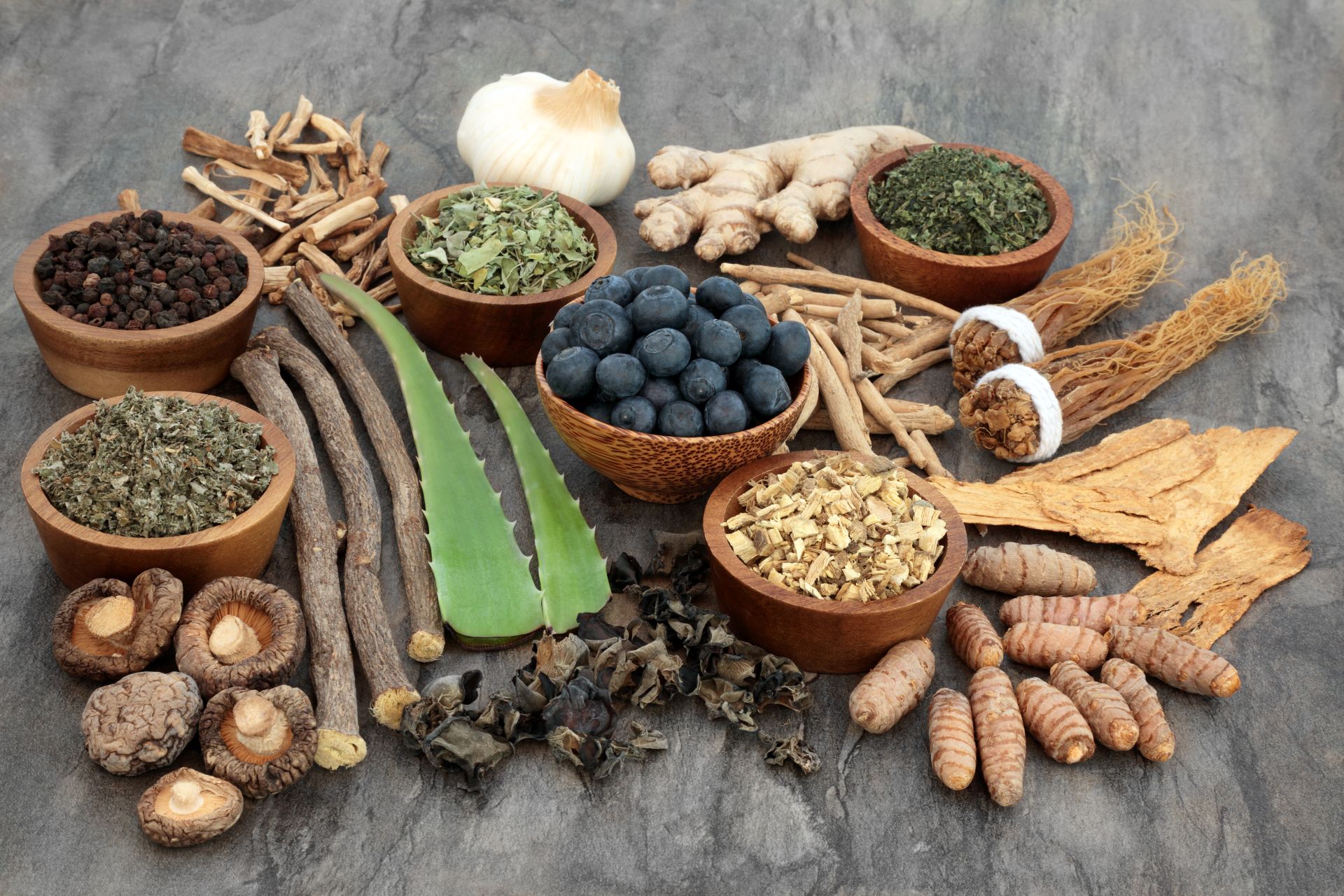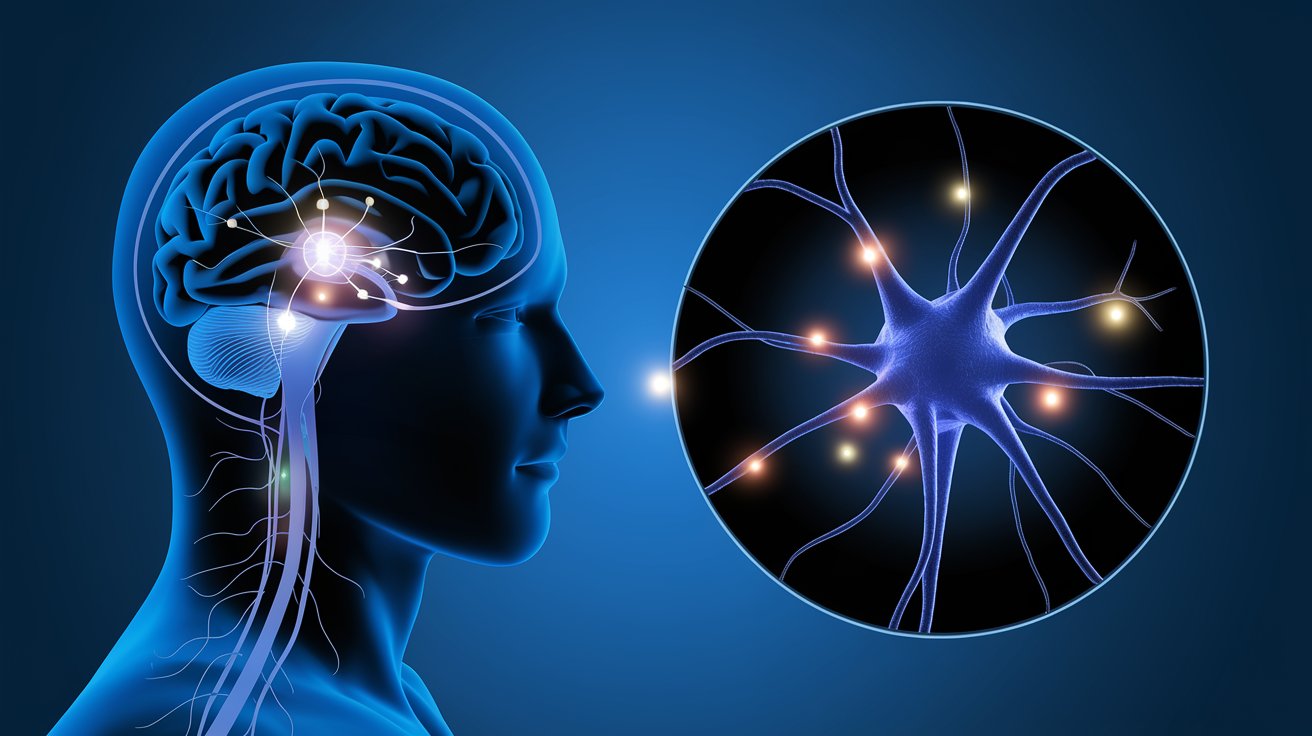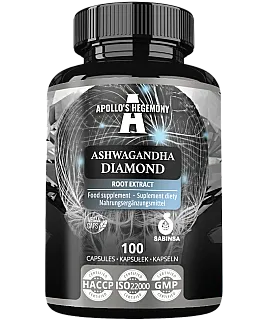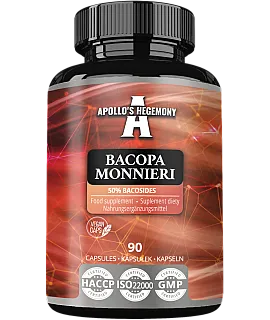Adaptogens in Chinese medicine - what are the benefits?

The term 'adaptogen' is relatively young. It has been used for only a few decades. However, the use of adaptogens in Chinese medicine has a tradition dating back thousands of years, although they were simply defined differently back then. Let's check out the history of adaptogenic plants in the Chinese medicinal tradition.
Adaptogen is a new category of supplements
Today, we mainly refer to strengthening herbs by the term 'adaptogens'. This term was first proposed in 1940 by USSR scientist N. Lazarev when he described Schisandra chinensis and other herbs with similar effects. He defined them thus:
"Adaptogens of plant origin that can non-specifically strengthen the human body."
Later, around 1950, another Soviet scientist I. Brekhman, who studied ginseng, expanded the concept of adaptogens, indicating that they can help the body maintain ideal homeostasis under unfavorable or stressful conditions.
The definition was expanded several more times until, in 1998, the U.S. Food and Drug Administration (FDA) defined an adaptogen as a new type of metabolic regulator that has been proven to help with environmental adaptation and prevent harmful external factors. Since then, 'adaptogen' has been widely used as a functional term.
Chinese tonics vs. modern adaptogens - what do they have in common?
Now adaptogens are also called many botanical raw materials that have been used for thousands of years in Traditional Chinese Medicine. The term 'tonic' was used in Chinese tradition, and the collection of herbs called tonics are very similar to what we now call adaptogens.
According to Chinese medicine, tonics are substances that can replenish deficiencies and weaknesses, correct pathological conditions caused by qì and blood deficiency, and treat qì deficiency syndrome. Qì can be defined as the physiological processes of the body. According to differences in the properties, functions and indications of tonics, they can be divided into qi replenishing, blood replenishing, and yin or yang replenishing.
Tonics are widely used in Traditional Chinese Medicine and can be used when the body's immune system is low and weak, or when the body is struggling with severe diseases. In this context, the effects of tonics are similar to those of plant-based adaptogens.
Tonics are usually adaptogens, but not always. The clinical uses and mechanisms of action of these substances are similar. Based on past uses, tonics and plant adaptogens can be described as substances that regulate human body functions to achieve homeostasis. The main effects of these substances are regulation of the immune system, improvement of nervous system disorders, anti-fatigue effects and general nutrition. In terms of specific mechanisms, substances in both categories can act on the HPA (hypothalamic-pituitary-adrenal) axis in the immune-neuro-endocrine system, thus achieving the above pharmacological effects.
What adaptogens are also tonics with TCM?
According to terminology used in Traditional Chinese Medicine, the action of plant adaptogens is to achieve balance in both yin and yang, providing an increase in vitality.
Chinese herbs considered both adaptogens and tonics are:
- Panax ginseng (Koreanginseng )
- Panax quniquefolius (American ginseng)
- Panax notoginseng (falseginseng )
- Eleutherococcus senticosus (Siberian ginseng)
- Sedum rosea (mountain rhododendron)
- Schisandra chinensis (Chinese citronella)
Tonics have the following functions:
- enriching and activating the blood - stimulating erythropoietin secretion and inducing the production of stimulating factors, such as macrophage colonies to activate the blood,
- regulating cellular and humoral immunity,
- influencing the activity of cytokines.
These functions are similar to those of adaptogens mentioned above. Plant adaptogens are widely regarded as "the elite among herbs," and in Chinese medicine, tonics are considered "first-class medicines."
In different parts of the world, local medical systems distinguish plants that have effects similar to what we nowadays call an adaptogen. Many of these are customarily referred to as ginseng, so we know Korean ginseng, Japanese ginseng, American ginseng, Indian ginseng, Malaysian ginseng, Peruvian ginseng, etc., among others, although in fact they are not all related to each other and are completely different plants. For the most part, they share the following set of characteristics: they support the body's overall immunity, can reduce feelings of fatigue, reduce anxiety, stress and symptoms of mood decline, as well as inhibit the body's aging process, inflammation,
Summary
Many adaptogens originated in Traditional Chinese Medicine, although they were previously called by different names and classified in different ways. This does not change the fact that many of the properties noted by TCM practitioners over the past thousands of years are now being confirmed by sound scientific research.
Sources:
- Liao LY, He YF, Li L, et al. A preliminary review of studies on adaptogens: comparison of their bioactivity in TCM with that of ginseng-like herbs used worldwide. Chin Med. 2018;13:57. Published 2018 Nov 16. doi:10.1186/s13020-018-0214-9
 ⮜ Previous article
⮜ Previous article
PQQ and the nervous system - what are the relationships?
 Next article ⮞
Next article ⮞


